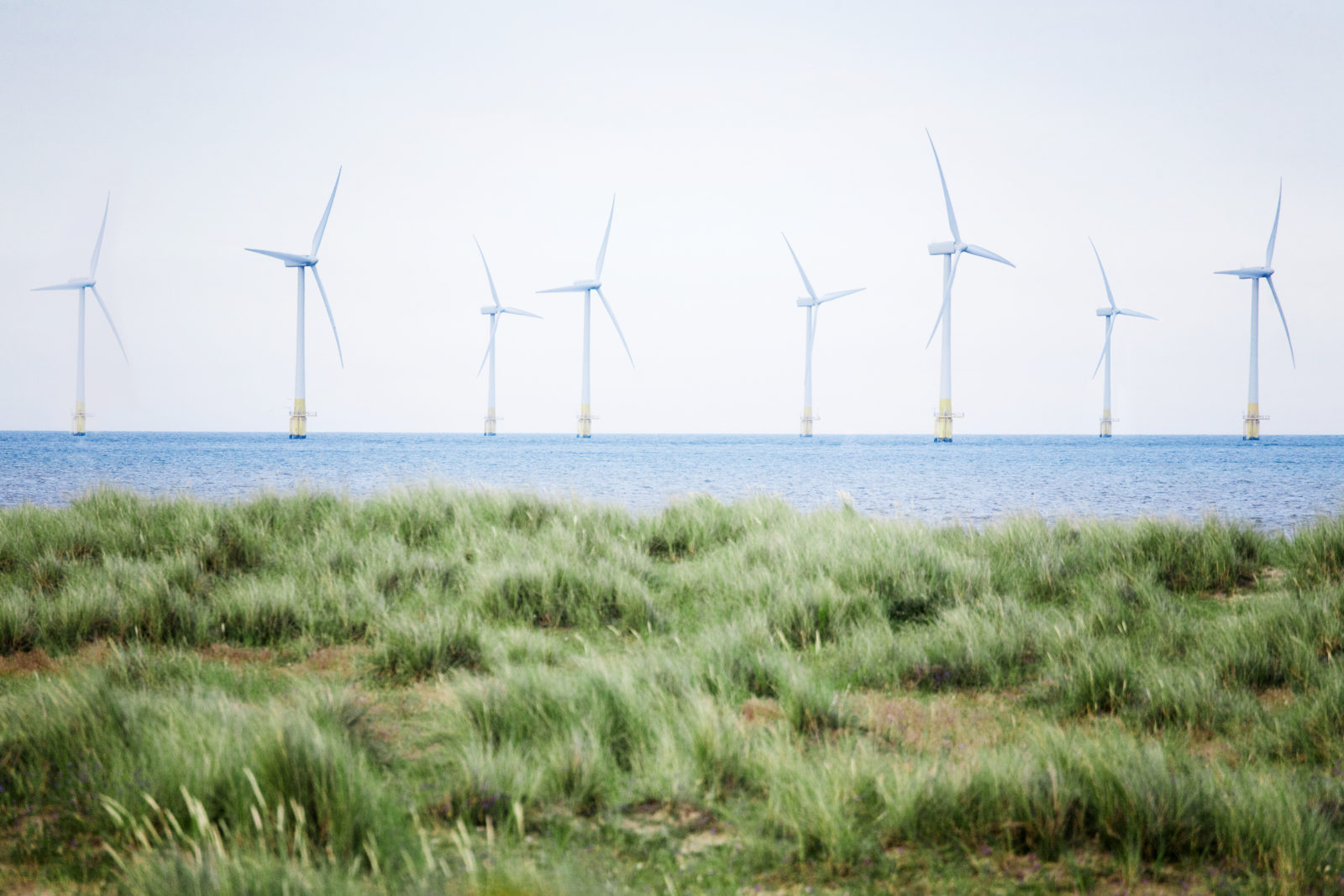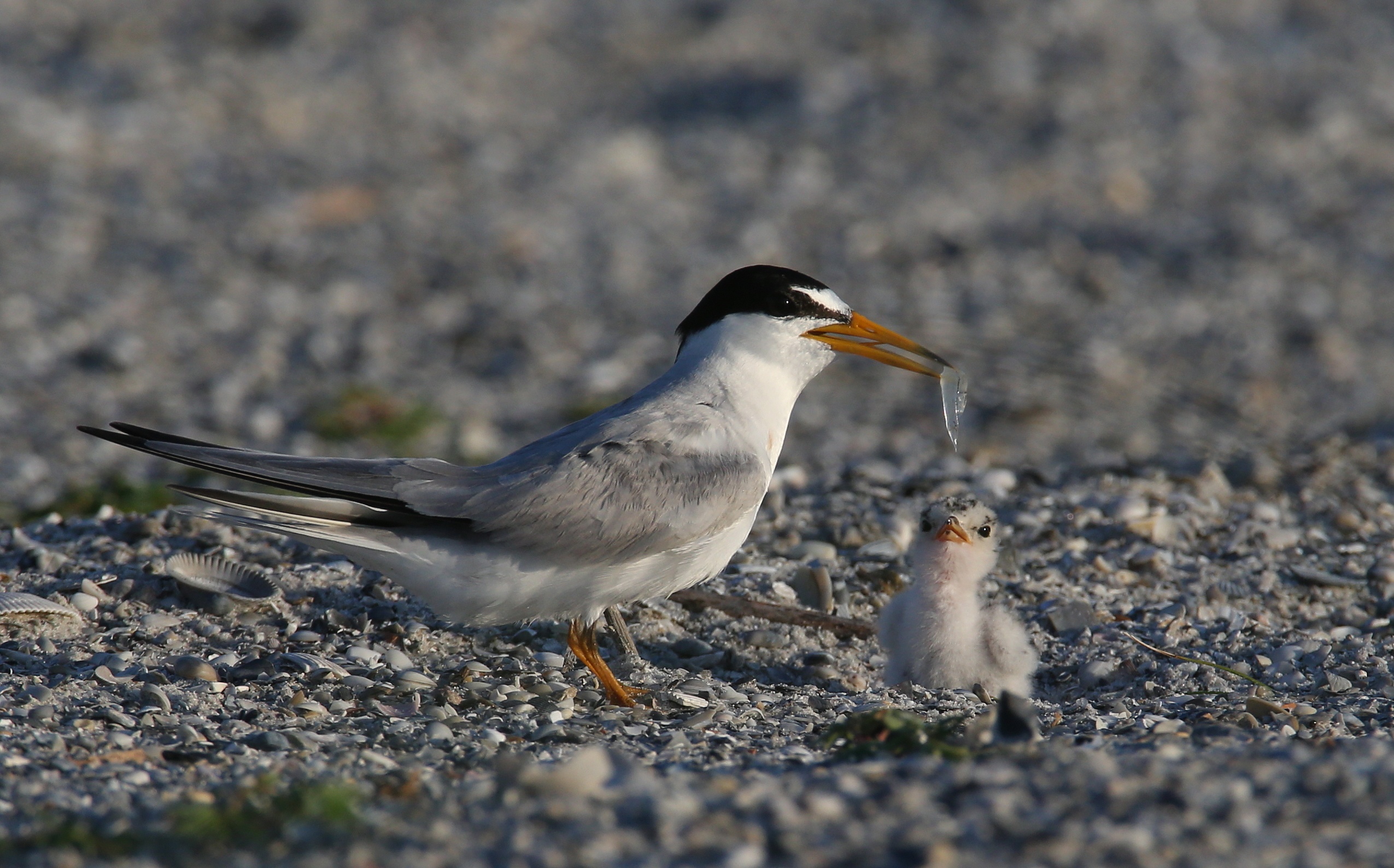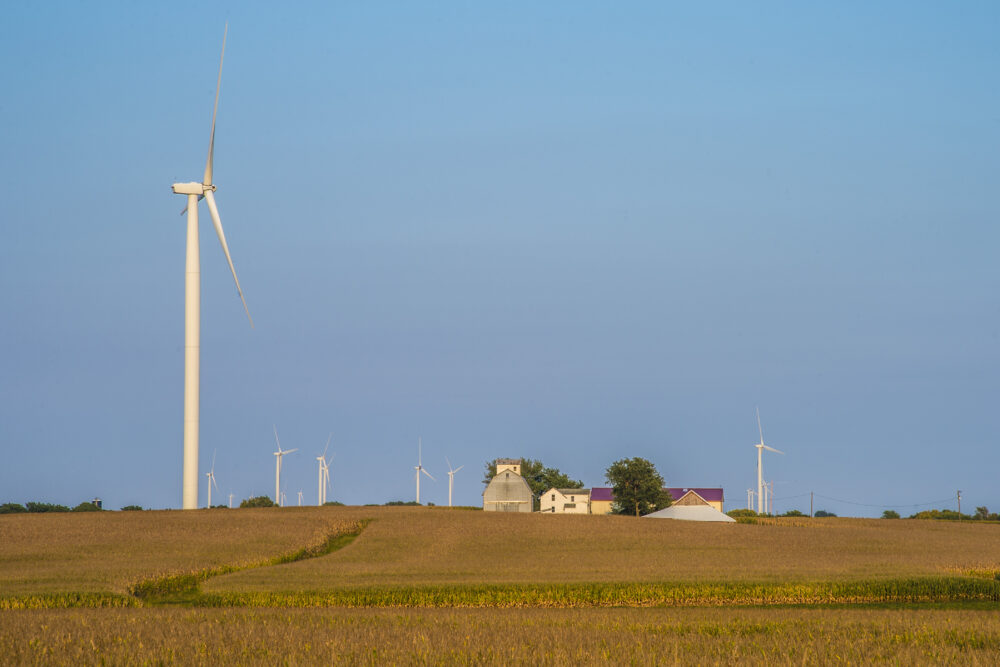We have much more to do and your continued support is needed now more than ever.
Our Offshore Energy Future Will Be Defined by This One Choice

Offshore wind development is well underway in the United States. The Biden Administration established a national target of generating 30 gigawatts (GW) of offshore wind by 2030—enough to power 22,500,000 homes— and 100 GW by 2050—enough to power 75,000,000 homes. Interconnecting these offshore wind projects to the onshore power grid will require building a substantial amount of infrastructure and expensive upgrades to existing infrastructure, which may create significant negative environmental, economic, and social impacts. Without proactive planning, developers may lay miles of unnecessary transmission lines to interconnect offshore wind turbines to the onshore grid and disrupt miles of sensitive aquatic habitats. Whereas with proactive planning, developers can locate projects in areas that will cause the least harm to aquatic habitats and use the least amount of physical infrastructure as possible.
Yet, building an offshore wind transmission grid that conserves and minimizes harm to natural ecosystems and reduces financial burdens on customers and households is possible if federal and state regulators, energy market administrators and monitors, developers, and system operators begin planning now, according to a new report by the Brattle Group.
On January 24th, 2023, the Brattle Group released a report on the benefits and urgency of planned offshore wind transmission. The report details the well-documented and unaddressed barriers to building a grid that advocates on all sides of transmission work can agree on, and recommendations to overcome these barriers to create a proactively planned interregional grid.
This report creates an unprecedented case for alignment among local communities, environmental advocates, regulators, and energy industry advocates, as it details how proactively planned transmission solutions could:
- Lower the cost of reaching 2050 U.S. offshore wind goals by at least $20 billion, and
- Reduce environmental and community impacts by about 50 percent. This includes:
- 60-70 percent fewer shore crossings and necessary onshore transmission upgrades, and
- Approximately 2,000 (50 percent) fewer miles of marine transmission cable installations disturbing the ocean floor.

Such results would quell many of the concerns of environmental advocates, as significant areas for wildlife and natural resources may remain preserved or require significantly fewer mitigation measures. For consumer protection groups and ratepayers, the timeless transmission cost allocation question that produced a rulemaking at the Federal Energy Regulatory Commission (FERC) (RM21-17-000) may become substantially less concerning, as costs are drastically reduced.
Failure to act now will reduce the benefits of proactively planning for long-term transmission needs by half.
Learn about the key recommendations and barriers to implementing the recommendations here.





















